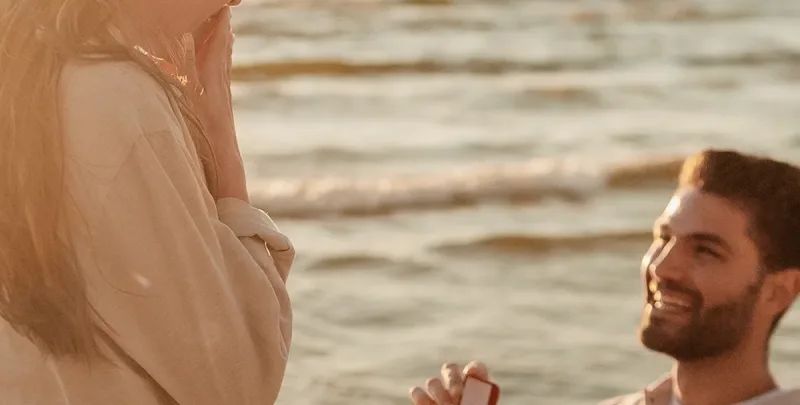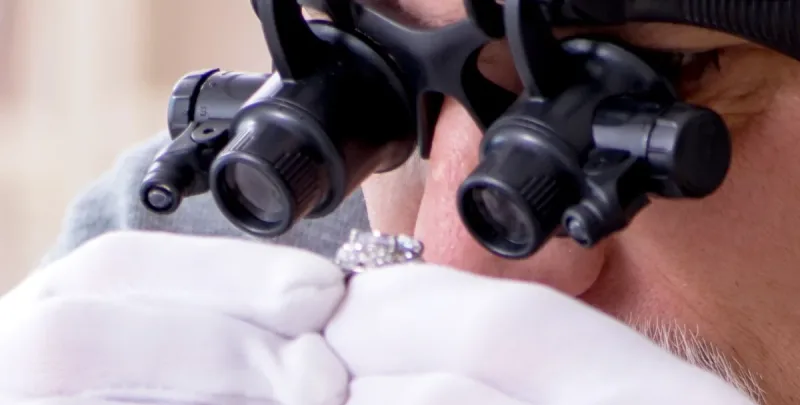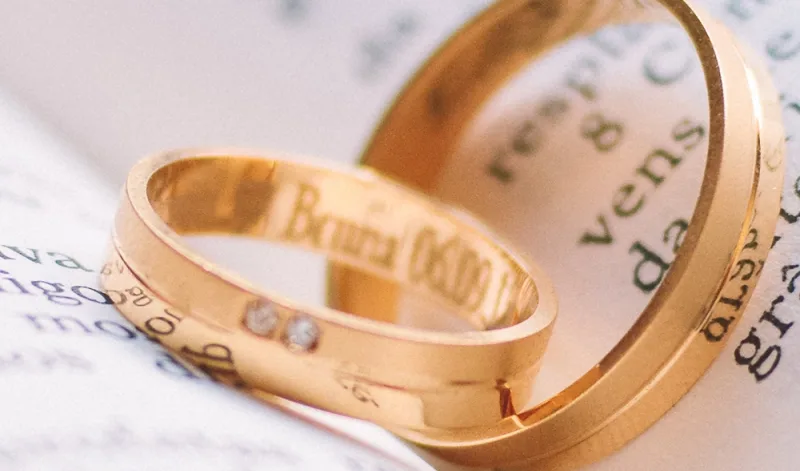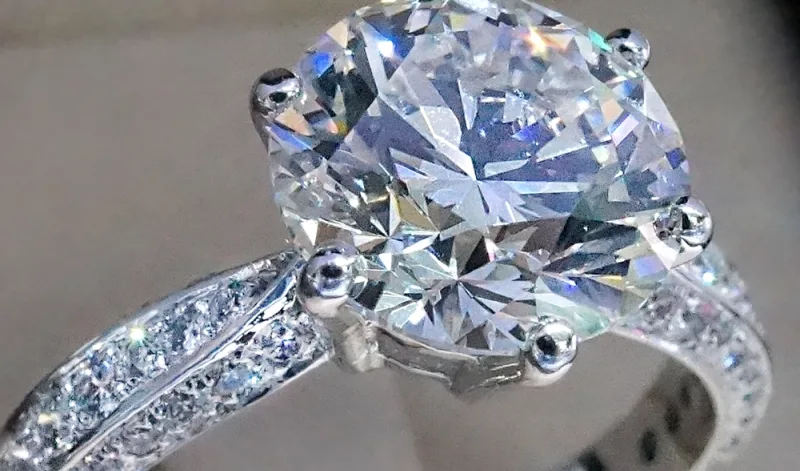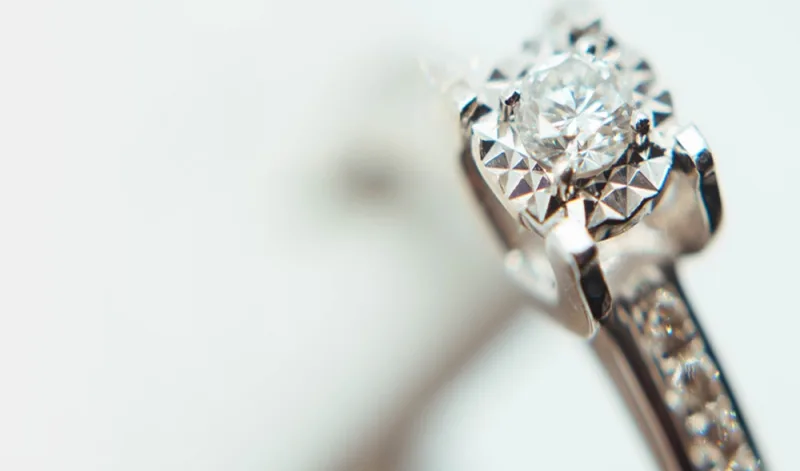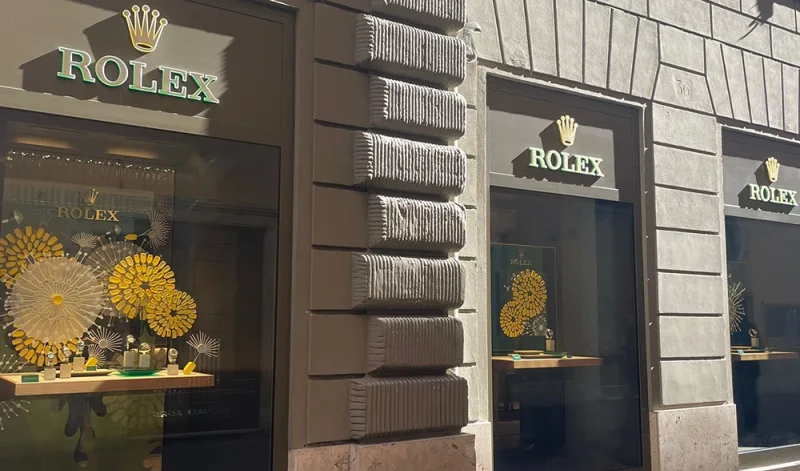For many, it’s not until you’ve actually begun the process of looking for the perfect engagement ring that it becomes fully apparent just how many factors are at play.
Our last blog post outlined a number of these, including the all-important question: what shape of diamond to go for? Yet, while the stone itself is key, accounting for up to 90% of the overall cost, the setting (how the stone is attached to the ring) is every bit as important. It’s what defines the look and should present the stone to its best advantage.
Why pay attention to the setting?
While it’s of course possible to buy your ring complete, choosing the stone, setting and metal individually can bring a very personal touch to a piece that is intended to be worn and enjoyed for a lifetime.
Either way, there are a number of factors to keep in mind when choosing from the myriad of options available, with wearability, personality and hand shape chief among these. Any reputable jeweller will help guide you through the process carefully, however we’ve put together a couple of pointers to help get you started.
Prong
The Prong, Solitaire or Tiffany setting is the most popular style; considered a timeless classic by many and admired for its simple elegance. The design gives centre stage to the diamond, which is elevated and held firmly in place by a metal basket formed of three to six ‘claws’. This allows maximum light exposure from all angles, showing off the stone’s brilliance, while also being easy to clean.
First invented in 1886 by Tiffany & Co., the Tiffany Setting ring remains as popular today as ever before.
Pavé
Pavé set rings feature a collection of smaller, individually round diamonds placed tightly together within the metal band of the ring itself. The high concentration of diamonds creates a real sparkle, making the style a good choice for anyone who enjoys a splash of glamour and excitement.
The Flame collection from the ever-fabulous Graff Diamonds is definitely worth considering.
Halo
The Halo is like an extension of the Pavé, with a row of micro-pavé diamonds encircling a larger centrepiece. This has the effect of expanding the appearance of the central diamond by as much as a half a carat or more. The style is often favoured among celebrities and royalty, whilst also appealing to those with a taste for vintage inspired looks.
If you’re a fan of the Halo ring, check out this lovely design from Boodles.
Bezel
For women with more contemporary, modern tastes, or who lead a fairly active lifestyle, the Bezel setting is a highly practical choice. The metal band surrounds the entire circumference of the stone and extends slightly above it. This offers the maximum protection for your diamond by holding it very secure in place, while a low profile and smooth surface prevents the ring from becoming chipped or snagging on clothes as others can.
This trilogy diamond stacking set from Wright & Teague offers a charming combination.
The Wedding Set
Finally, when shopping around, never forget the later addition (all being well) of the wedding band. If the engagement ring and wedding band are likely to be worn together on the same finger then it’s important to find a pair that will complement each other, both in terms of style and shape, making a set like the above an appealing choice.
The hand on which it sits
As well as taste, there’s also the shape of the wearer’s hand to consider. A ring that flatters will also look more natural. In general, smaller rings sit better on smaller hands, while stones set vertically tend to elongate the appearance of the finger. Broader, over sized rings have the opposite effect, shortening and balancing long, slender fingers.
Set for life
Whatever setting you choose; diamonds can be knocked or damaged, and rings can get lost. Once you’ve found the perfect one, make sure you complete the gesture by ensuring a lifetime of protection with Assetsure’s engagement ring insurance.
